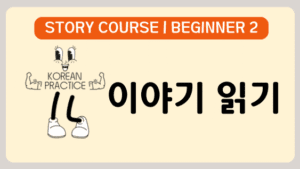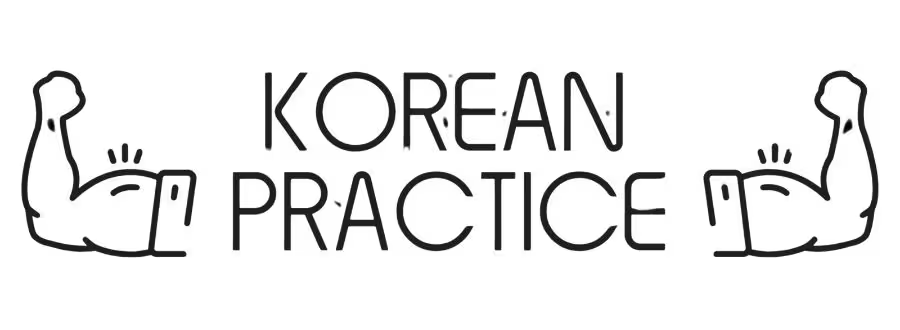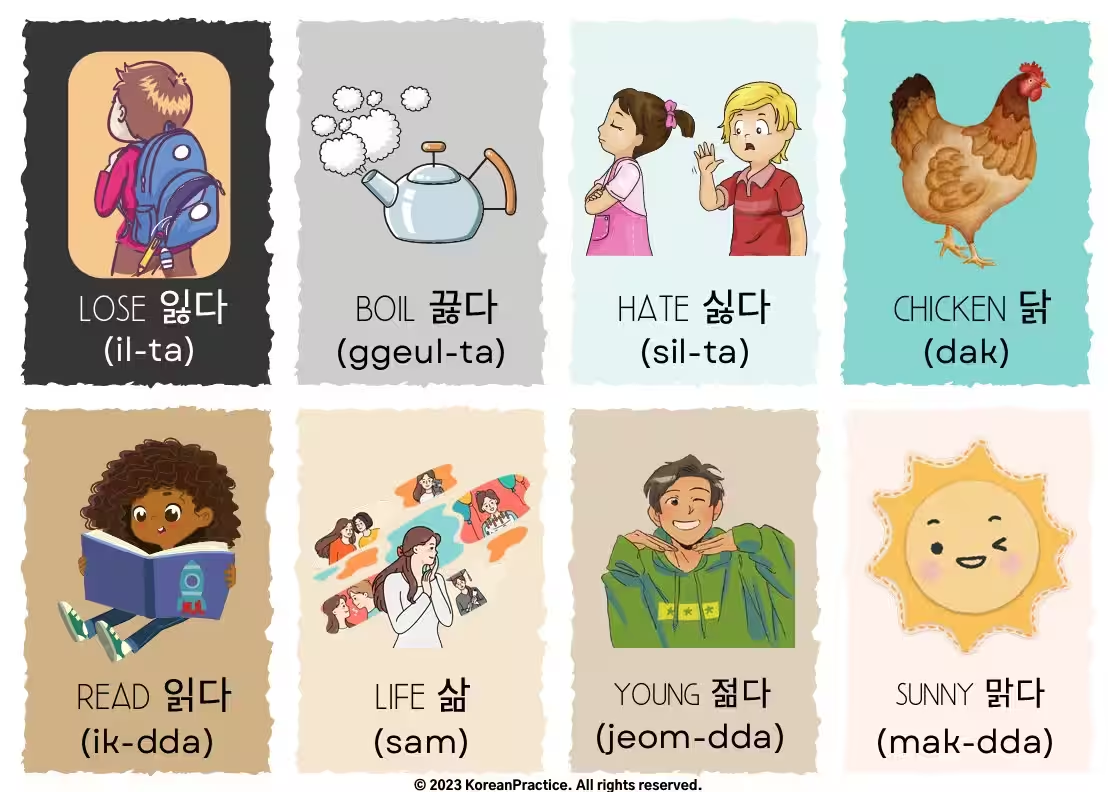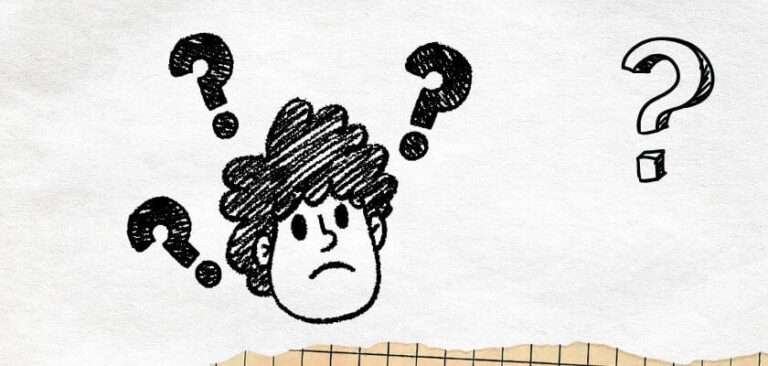Suh ChangWhoon
Written by 서 창훈, a certified Korean teacher with 14+ years of experience in Japan. He previously worked as a government officer, cybersecurity consultant, and English interpreter. Today, he teaches Korean in real classrooms without complex grammar explanations — instead, he trains students’ brains to speak naturally. His unique method is now the foundation of all his Korean courses.
Table of Contents
When you’re listening to someone speak Korean, do you wonder how to say I see in Korean to show you understand?
Actually, I see in Korean is a very common and useful expression in Korean conversations. But there are many ways to say it depending on the situation, tone, and relationship with the other person. In this post, I will explain different ways to say I see in Korean, including casual, polite styles.
What Does "I See" Really Mean?
Before we learn the Korean expression, let’s think about what “I see” means in English.
It doesn’t mean you’re actually seeing something. It means:
- Ah, I understand.
- I get it now.
- That makes sense.
So in Korean, we need to find expressions that show understanding or agreement.
Start the Free Course
Still wondering how to read Korean?

This isn’t just another beginner lesson. It’s a complete system designed to change the way you think about Korean — from struggling with letters to reading real sentences, understanding the language, and speaking out loud with confidence.
How to Say I See in Korean – The Most Common Way
1. 아~ 그렇구나!
아~ 그렇구나! (ah~ geu-reo-ku-na)
Meaning: Ah, I see! / Oh, that’s how it is!
If you are looking for a casual way to say I see in Korean, this is one of the most natural expressions.
You will often hear this in daily conversations between friends, especially when someone shares new information or an explanation.
The word “그렇구나” is made from:
그렇다 = to be so / to be like that
-구나 = ending used when realizing something (casual tone)
So when you say “아~ 그렇구나,” you are reacting with understanding or realization, like “Ah, I get it now.”
It’s one of the most common ways to say I see in Korean when you speak with someone younger than you or close friends.
✅ Example
Original Korean Sentence
A: 어제 왜 안 왔어?
B: 배가 아팠어.
A: 아~ 그렇구나!
Pronunciation Guide
A: 어제 (eo-ju) 왜 (wae) 아 (a) 놧써 (nwat-sseo)?
B: 배가 (bae-ga) 아팟써 (a-pat-sseo).
A: 아 (a)~ 그러쿠나 (geu-reo-ku-na)!
Meaning and Context
어제 (yesterday) 왜 (why) 안 (not) 오 (to come) 았 (past tense) 어 (I’m asking you casually)?
배 (stomach) 가 (subject marker; I’m going to talk about my stomach) 아프 (to hurt) 았 (past tense) 어 (is; I’m telling you casually).
아~ (Ah~) 그렇구나 (I see)!
English Translation
Why didn’t you come yesterday?
My stomach hurt.
Ah~ I see!
Literal Translation
Why didn’t (you) come yesterday?
Stomach hurt.
Ah~ I see!
Juseyo Meaning – What ‘주세요’ Means and How to Use It in Korean

Start the Story Course
Looking for super easy way to learn Korean?

Most Korean courses stop at grammar. Mine goes beyond — with stories, Story Style Breakdown™, and real practice to help you speak.
2. 아~ 그렇군요!
아~ 그렇군요! (ah~ geu-reo-kun-yo)
Meaning: Oh, I see! / Oh, I understand! (Polite version)
If you’re learning how to say I see in Korean, especially in polite situations, this is one of the best expressions to use.
“그렇군요” is a polite way of reacting to new information, showing that you understand or realize something. It comes from:
그렇다 = to be so / to be like that
-군요 = polite sentence ending used when you notice or learn something new
When you say “아~ 그렇군요!”, you’re showing respect while also expressing that you’ve understood what the other person said. This is perfect when you speak to:
A teacher
A boss or coworker
An elderly person
A customer or stranger
It’s the polite way to say I see in Korean, and it sounds very natural and respectful.
✅ Example
Original Korean Sentence
A: 오늘 여기 처음이에요?
B: 네, 처음 왔어요.
A: 아~ 그렇군요!
Pronunciation Guide
A: 오늘 (o-neul) 여기 (yeo-gi) 처으미에요 (cheo-eu-mi-ye-yo)?
B: 네 (ne), 처음 (cheo-um) 왓써요 (wat-sseo-yo).
A: 아 (a)~ 그럿쿤요 (geu-reot-kun-yo)!
Meaning and Context
A: 오늘 (today) 여기 (here) 처음 (first time) 이에요 (is; I’m asking you polite and friendly)?
B: 네 (yes), 처음 (for the first time) 오 (to come) 았 (past tense) 어요 (I’m telling you polite and friendly).
A: 아 (ah)~ 그렇군요 (I see)!
English Translation
A: Is this your first time here today?
B: Yes, I came for the first time.
A: Ah~ I see.
3. 알겠습니다.
If you want to say “I understand” in Korean in a polite and respectful way, especially at work or in formal situations, the best expression is:
알겠습니다.
This comes from the verb 알다 (to know / understand), with the grammar form -겠습니다, which is often used for formal intentions or confirmations.
Compared to 알겠어요 (algesseoyo), which is polite but slightly softer, 알겠습니다 is more professional and firm. It’s often used in:
- The military
- Workplaces
- Customer service
- Formal emails or meetings
✅ Example
Original Korean Sentence
A: 이 서류 내일까지 제출해 주세요.
B: 네, 알겠습니다.
Pronunciation Guide
A: 이 (i) 서류 (seo-ryu) 내일까지 (nae-il-gga-ji) 제추레 (je-chu-re) 주세요 (ju-se-yo).
B: 네, 알겠습니다.
Meaning and Context
A: 이 (this) 서류 (document) 내일 (tomorrow) 까지 (till) 제출하 (to submit) 해 주세요 (please).
B: 네 (yes), 알겠습니다 (I understand).
English Translation
A: Please submit this document by tomorrow.
B: Okay, I will.
When to Use "알겠습니다"
| Expression | Level | Situation |
|---|---|---|
| 알겠어 | Casual | With friends |
| 알겠어요 | Polite | Daily polite conversations |
| 알겠습니다 | Formal | Professional, official settings |
Use 알겠습니다 when:
- A boss or senior gives you instructions
- You’re working in customer service
- You want to sound professional in emails or on the phone
My Experience Teaching This Phrase
When I teach beginners, they often try to translate “I see” directly like “나는 본다” (I see), but this doesn’t sound natural.
I made that mistake, too, when I was learning English. I thought I had to say “I understand” every time, but that felt a little serious. It’s the same in Korean!
So now, I tell my students to listen to Korean dramas or YouTube videos and notice when people say “아~ 그렇구나” or “알겠어요”. It really helps to understand the nuance.
From My Original Story Style Breakdown™ — A New Way to Truly Understand Korean
This is just one sentence from a complete learning system you won’t find anywhere else. — designed to help you understand Korean naturally, without getting lost in grammar rules.
When you can truly understand Korean sentences this way, speaking becomes much easier.
🚀 Quick Learning

Original Korean Sentence
사자가 코끼리를 잡아요.
Pronunciation Guide
사자가 (sa-ja-ga) 코끼리를 (ko-ggi-ri-reul) 자바요 (ja-ba-yo).
English Translation
The lion catches the elephant.
Literal Translation
Lion catch elephant.
Quick Reference
사자가 (lion) 코끼리를 (elephant) 잡아요 (catch).
💡 Need more details? Click “Deep Learning” below!
🔍 Deep Learning
Meaning and Context
사자 (lion)
→ The lion — the one taking action now in the story.
가 (subject marker)
→ Points out that the lion is doing the action.
코끼리 (elephant)
→ The one the action is done to.
를 (object marker)
→ Shows that the elephant is the object being caught.
잡 (to catch, grab, take)
→ The action — the lion catches or grabs the elephant.
아요 (polite ending)
→ I’m telling you this in a polite and friendly way.
Real-Life Usage
잡아요 is common when talking about catching or holding something.
Pattern Practice
1. 사자가 토끼를 잡아요.
2. 고양이가 쥐를 잡아요.
3. 아이가 공을 잡아요.
4. 강아지가 공을 잡았어요.
Free Korean Flashcard
FAQs (What You Might Still Wonder About)
1. ❓ Can I just say “네” for “I see”?
Sometimes yes. “네” means “yes,” but in some situations, it can also mean “I see” or “I understand.” But it’s not always enough. Try using “알겠어요” or “그렇군요” for more clear meaning.
2. ❓ What’s the difference between “그렇구나” and “알겠습니다”?
“그렇구나” is more about reacting to new information. “알겠어” is more about understanding instructions or logic.
3. ❓ Can I use “아~ 그렇구나” in a formal situation?
Not really. “아~ 그렇구나” is casual. In a formal setting or when speaking to someone older, it’s better to say “아~ 그렇군요.”
4. ❓ What’s the difference between “그렇구나” and “그렇군요”?
Both mean “I see” in Korean. “그렇구나” is casual, used with friends or people younger than you. “그렇군요” is polite and should be used in respectful situations.
5. ❓ What’s a more emotional or surprised way to say “I see” in Korean?
You can say “아~ 진짜?” (Oh~ really?) or “아~ 그렇구나~ 몰랐어!” (Ah~ I see~ I didn’t know!). These add more feeling to your reaction.
6. ❓ Is “I see” used often in Korean conversations like in English?
Yes! Koreans often react with phrases like “아~ 그렇구나” or “그렇군요” to show they’re listening. It’s a very natural and common Korean response to I see.
Final Thoughts:
If you’ve ever wondered how to say I see in Korean, the expression 아~ 그렇구나 is a natural and friendly way to show that you understand. It’s perfect for casual conversations with friends or younger people. For more polite situations, you can say 아~ 그렇군요 instead.
Learning the right Korean response to “I see” can help your conversations sound more natural. Whether you’re reacting to a friend’s story or showing understanding, this is one of the most useful expressions to know.
So next time someone says something and you want to say, Ok, I see in Korean, try using:
“아~ 그렇구나.” (casual)
“아~ 그렇군요.” (polite)
It’s a simple and effective way to respond — and now you know the casual way to say I see in Korean too!








